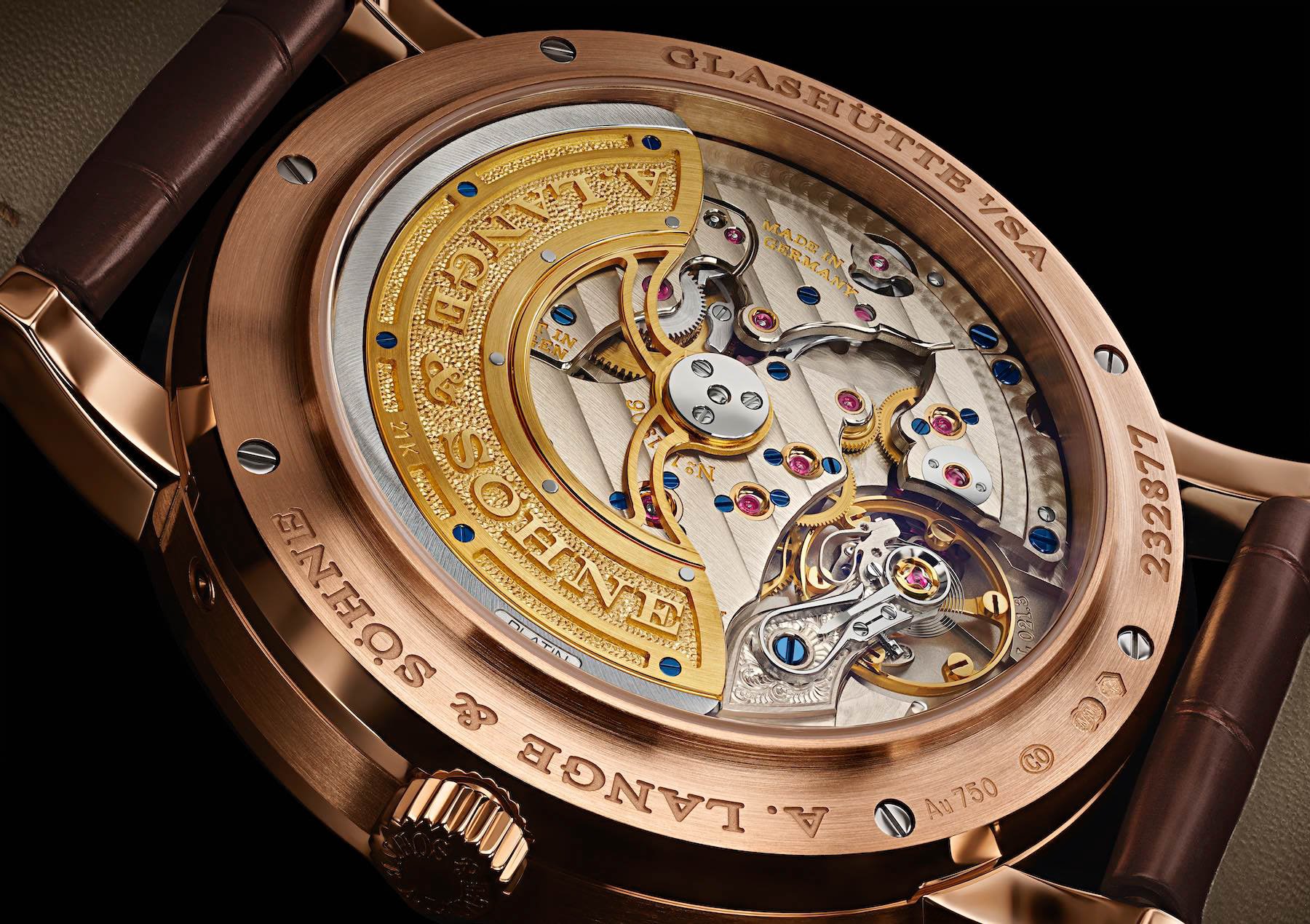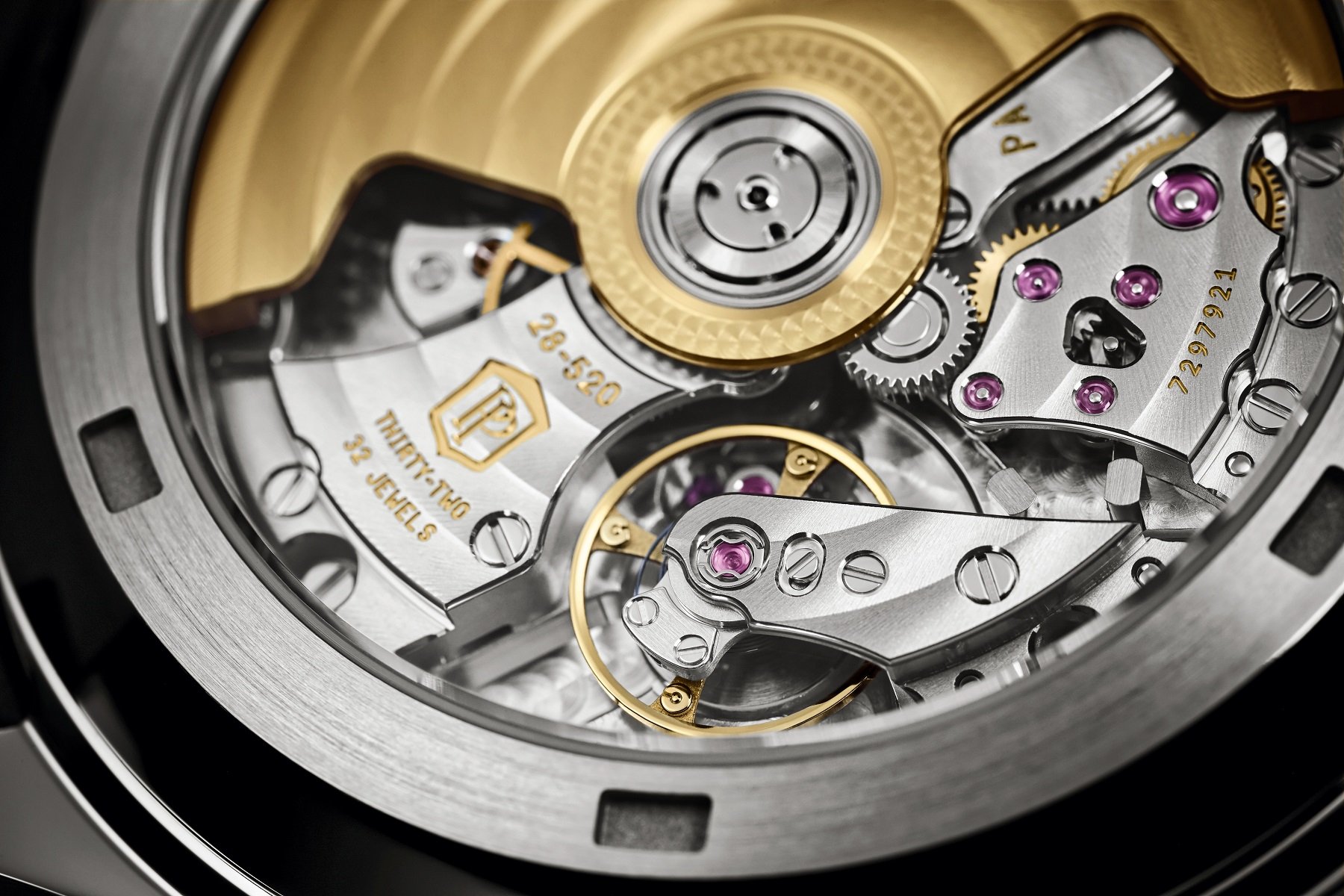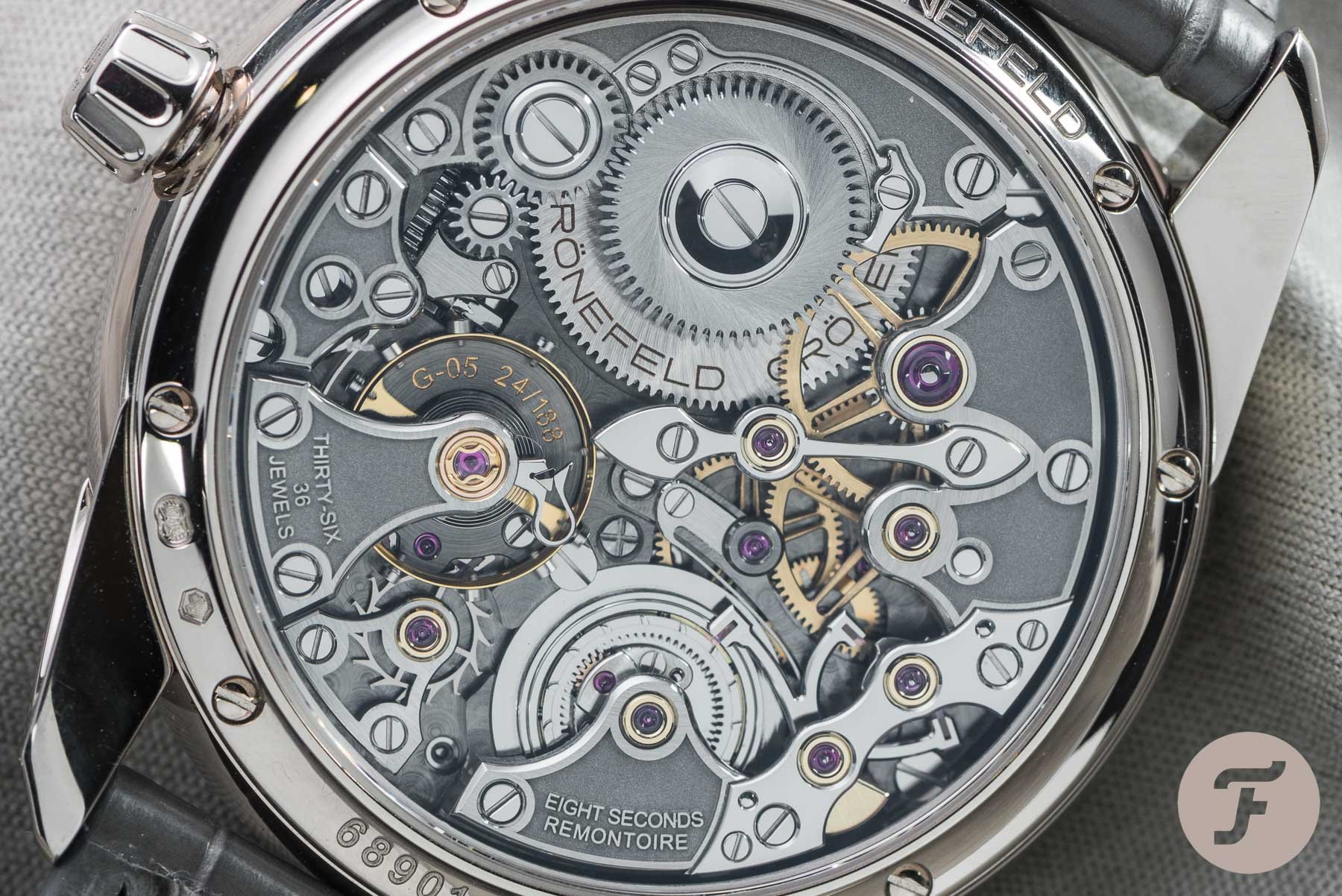How Watches Work: What Is Anglage?
Watchmaker jargon can be difficult to understand. You read a review about a watch you’re interested in, but there are lots of words being used that don’t make a lot of sense. Sometimes in the watch industry, we forget that people of all experiences are trying to enjoy the same products. We can be a little non-inclusive when it comes to our vocabulary, instead preferring to stick to traditional verbiage rather than layman’s terms. So with that in mind, what is Anglage?
Anglage is a French word that literally translates to “chamfering”. That’s a word you may be slightly more familiar with. Unfortunately, that still doesn’t really help explain what it is. When reading reviews where a watch’s movement is said to feature “chamfered bridges” or “beautiful examples of anglage”, what do the writers actually mean?
Anglage is better known as chamfering
Well, it’s actually a technique that watchmakers use to make the sharp right angles (where the flat upper surfaces meet with the perpendicular sides of parts) look more visually appealing. It serves no other purpose other than as visual eye candy. These “corners” are filed down and beveled to a uniform angle around the entire edge, usually 45 degrees.
One small slip or mistake can ruin an entire piece and render it unusable.
While it may, in theory, sound reasonably straightforward, the chamfered edges must be uniform in angle and finish. The polished chamfer helps highlight the shape of the part. However, with great power comes great responsibility. Anglage is not a technique that can be rushed when undertaken by hand. One small slip or mistake can ruin an entire piece and render it unusable. That means hours of work down the drain, and work must begin on the new part from scratch. This makes anglage one of the most delicate finishes to undertake. Still, despite that, it is one of the most commonly found on high-end movements.
By hand and machine
Due to advancements in modern machining and technology, brands can remove much of the “by hand” step. Still, they cannot truly remove the human touch altogether. Modern machines can create the initial bevels on many parts during machining on a much larger scale. This allows brands’ watchmakers to focus on the finer levels of finishing and polishing. As you imagine, this helps save countless hours of manual work and achieve a comparable level of quality overall.
Anglage is a meticulous and time-intensive technique that requires great dexterity and skill.
Anglage, when performed by hand, requires traditional tools such as metal files or wood pegs with abrasive diamond pastes. Watchmakers use diamond pastes to obtain a flawless polish and perfect shine. Much like sandpaper, they use finer and finer grades of paste in succession to achieve a mirror-like polish. Anglage is a meticulous and time-intensive technique that requires great dexterity and skill.
Tradition never dies
As mentioned, the human touch is impossible to entirely remove from the Anglage process using current machining techniques. For example, machines cannot finish the internal cut-outs on skeletonized parts in the same way that a watchmaker can. They unequivocally require a hand finish. That said, with the continued advancements in modern technology and manufacturing, who’s to say that in 50 years, we’re in the same position. While I do not think hand-finishing will ever fully die out (especially in Haute horology), it’ll be interesting to see how much more brands will rely on machines in the future.
What do you think? Do you find value in a hand-finished movement featuring anglage and other finishing techniques? Would a watch finished by a machine, in the same way, be as appealing to you? And last but not least, which bit of watch jargon would you like us to explain next? Let us know in the comments below!



